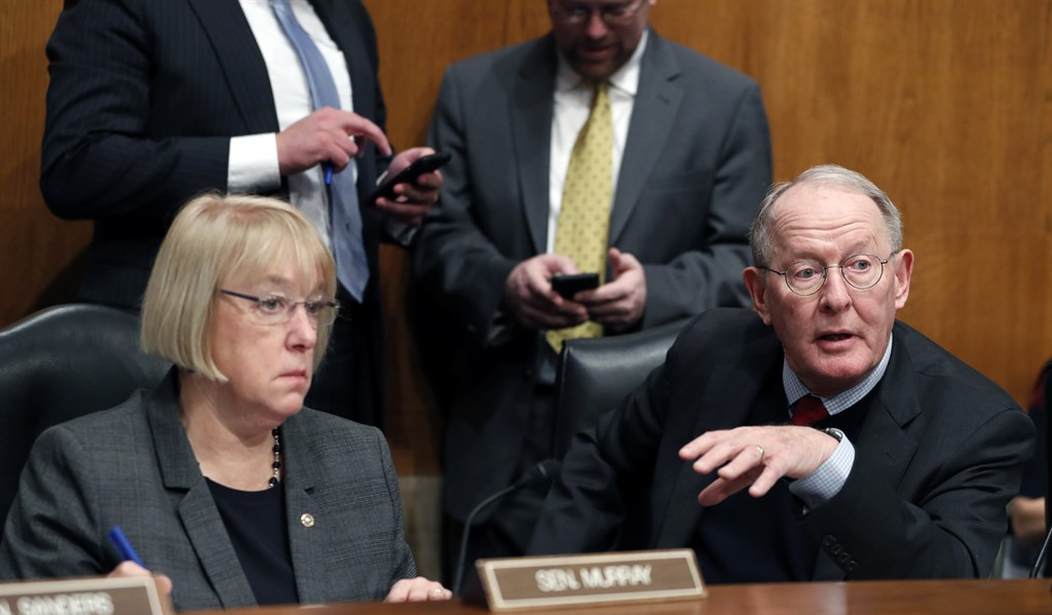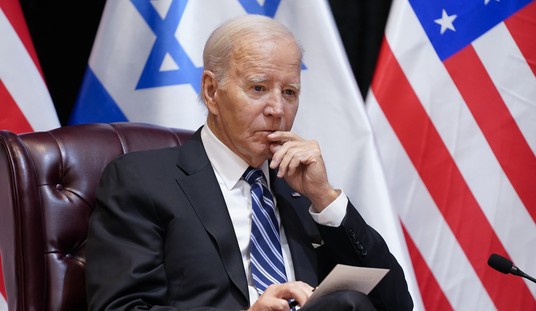How about some good news for a change?
Amid the negativity we see online, in print and on the air, something good was happening in communities all across the nation recently, as parents, teachers and students staged events to mark this year’s National School Choice Week.
This is one trend that’s moving in the right direction, fortunately. If you favor school choice -- which simply means you believe that control over our children’s education should be in the hands of parents, not bureaucrats -- then you should be pleased to see that the needle has been moving, slowly but steadily, in the right direction.
Take charter schools. It’s been 25 years since the nation’s first charter-school law. Minnesota led the way for what was then a novel concept: a free public school where educators could try creative approaches to teaching. In 2000, there were fewer than 500,000 students enrolled in charter schools. Today, there are nearly 3 million.
Charter schools are just one component of the school-choice movement. It also encompasses vouchers, education savings accounts (ESAs), scholarship programs, and home-schooling, among others. The one common denominator is putting parents and kids first -- rejecting the old top-down, one-size-fits-all approach that has failed so many students and fostered such dissatisfaction among parents.
But we can’t assume things will magically keep moving in favor of school choice. The victories we’re enjoying thus far are the result of some genuinely hard work among parents, teachers and education reform stakeholders who realize the old approach doesn’t work anymore. They’re still getting pushback from the teachers’ unions and anyone else who thinks that your child’s education should be decided by a faceless official in Washington rather than you.
Recommended
That’s not to say officials in Washington can’t advance the goals of school choice. Among the steps they should take, two rise to the top of the list:
1) Support Reauthorization of the DC Opportunity Scholarship Program. The DCOSP, which provides vouchers to low-income children to attend a private school of choice, is due to be reauthorized. Parents who have seen their children blossom at school after obtaining a voucher rave about it.Scholarships of up to $8,452 are available for children in grades K–8, and scholarships of up to $12,679 are available for students in grades 9–12.
Under the Obama administration, graduation rates for DCOSP participants rose by 21 percent, yet the program has been under constant threat of defunding. The OSP should not only be reauthorized and fully funded, but expanded to enable more children living in the District to participate. Congress should also require that any excess carry-over funds not needed to fund existing scholarships be made available for new scholarships.
2) Allow K–12 Expenses to Be 529 Eligible. A lot of families over the last 20 years have started using “529 programs” to save for college costs. The federal government allows contributions to these plans to grow tax-free and avoid federal tax penalties, as long as they’re put toward higher education expenses.
So why not allow parents to do the same for K-12 education expenses? As education experts Lindsey Burke and Rachel Sheffield write:
“Since most states offer either tax credits or deductions to encourage saving in a 529 plan, revising Section 529 of the Internal Revenue Code to make K–12 expenses allowable would effectively create opportunities for millions of American families to open ESAs. Such an outcome would encourage educational choice, consistent with long-term goals for reforming the federal tax code.”
In his proclamation for this year’s School Choice Week, President Trump noted that “the foundation of a good life begins with a great education.” And a great education begins with parental control. Let’s do everything we can to help our children by advancing school choice.
























Join the conversation as a VIP Member